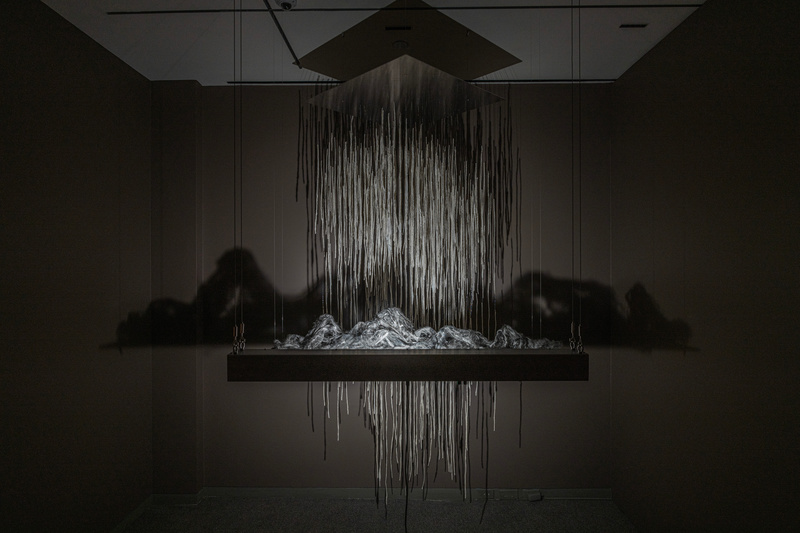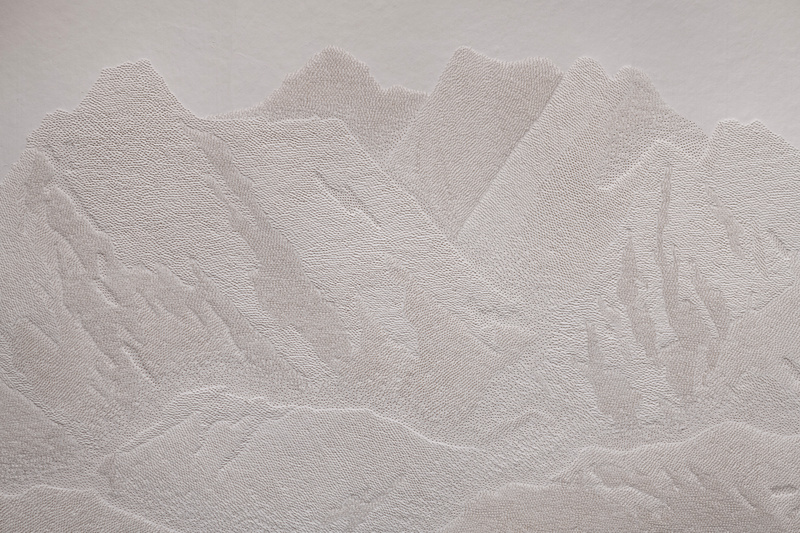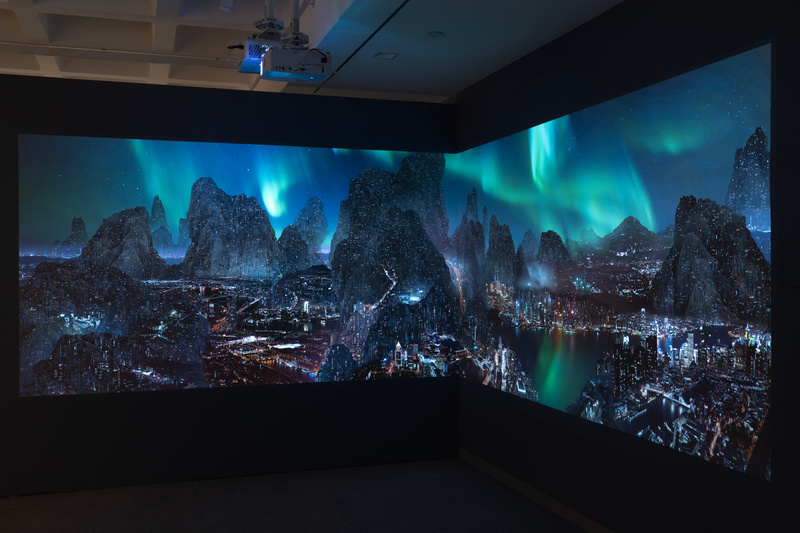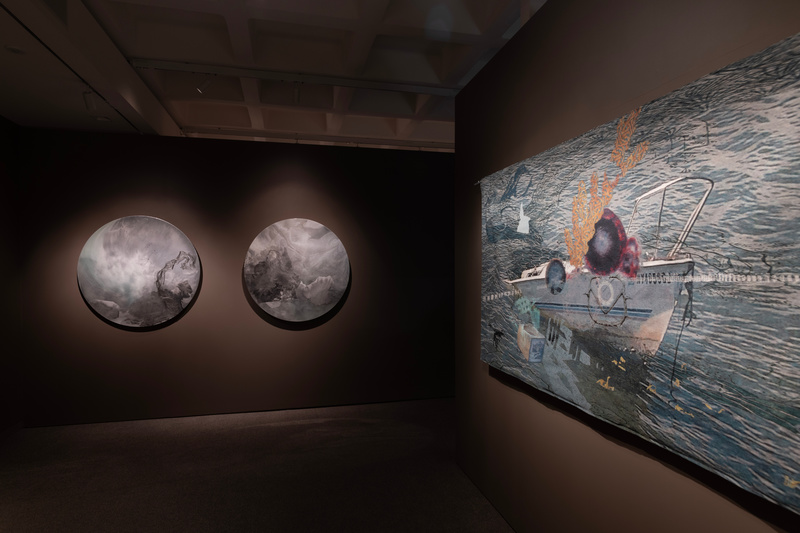Last-Minute NYC Holiday Gift Guide 🎁
We’ve created a holiday gift guide with presents for the intrepid New Yorker that should arrive just in time—

An ancient practice is reinterpreted in the China Institute’s new exhibit, Shan Shui Reboot: Re-envisioning Landscape for a Changing World!

With a blow torch and wooden planks, album leaves and metal music stands, digital video, and more unconventional mediums, a new generation of artists is shaking up the ancient practice of Chinese landscape painting (shan shui). In China Institute Gallery’s new exhibit, Shan Shui Reboot: Re-envisioning Landscape for a Changing World, guest curator Tiffany Wai-Ying Beres highlights seven established and emerging artists, all born between 1974 and 1992. On view in China Institute Gallery at 40 Rector St, New York, the exhibit features more than 40 works—some on display in New York for the first time. Through paintings, photographs, sculpture, and video, the young artists reinterpret traditional Chinese landscape painting in the context of modern challenges that affect us all, from global social issues to the escalating climate crisis.

Even if you’ve never heard the term shan shui, you’ve likely seen an example of this type of landscape painting or a work inspired by it. Dating back to the third century, shan shui has endured for hundreds of years and continues to influence modern culture. Literally translating to “mountain-water,” shan shui paintings are made using brushed ink on paper or silk. Shan shui scenes typically have few colors and depict peaceful vistas of towering mountains, deep river valleys, trees, and waterfalls. The landscapes are meant to capture the harmonious balance of nature and reflect the connection between the artist’s spirit and the natural world they’ve illustrated.

In the new exhibition at China Institute, the harmony of traditional shan shui is disrupted. The works on display go beyond the spiritual and explore the tangible, direct impacts all humans have had on the Earth’s climate and the geological record. Using characteristics of traditional shan shui blended with a variety of mediums, from handmade paper and hammered coins to digitally manipulated images, each artist conjures a metaphoric representation of nature that encapsulates the complexities of our modern relationship with it.

Take for example Yang Yongliang’s (b. 1980, Shanghai) immersive and slightly dystopian panoramic scenes. Using Asian aesthetics and innovative digital imaging techniques, Yongliang creates realistic yet fictional worlds that feel uncanny. His landscapes show both the beauty of nature and man’s overpowering industrialization. The work pictured above, Glows in the Arctic, will be on display for the first time. In this piece, Yang combines urban landscapes from various cities, including New York and Shanghai, where he experienced the COVID-19 pandemic. Artists Yi Xin Tong, Lam Tung Pang, Kelly Wang, Peng Wei, Fu Xiaotong, and Ni Youyu all have works on display in the exhibit.
“We are excited to provide a platform for these talented contemporary artists who are exploring new mediums and offering different perspectives on Chinese landscape painting,” said Willow Weilan Hai, SVP, Director, and Chief Curator, China Institute Gallery.

Shan Shui Reboot: Re-envisioning Landscape for a Changing World is on view at China Institute Gallery at 40 Rector St, New York through July 7th. The gallery is open Saturday through Wednesday, 10 AM until 5 PM and Thursday through Friday, 10 AM until 8 PM with free admission between 5 PM and 8 PM. Docent-led tours are also available!
China Institute in America is a nonprofit organization dedicated to deepening the world’s understanding of China through art, business, culinary, culture, and education programs. It was founded in New York in 1926. China Institute Gallery, established in 1966, is the first non-profit gallery in the United States to showcase Chinese art and culture exclusively and regularly.
Next, check out more must-see public art installations in NYC!
This is a sponsored post, paid for by China Institute in America .
Subscribe to our newsletter